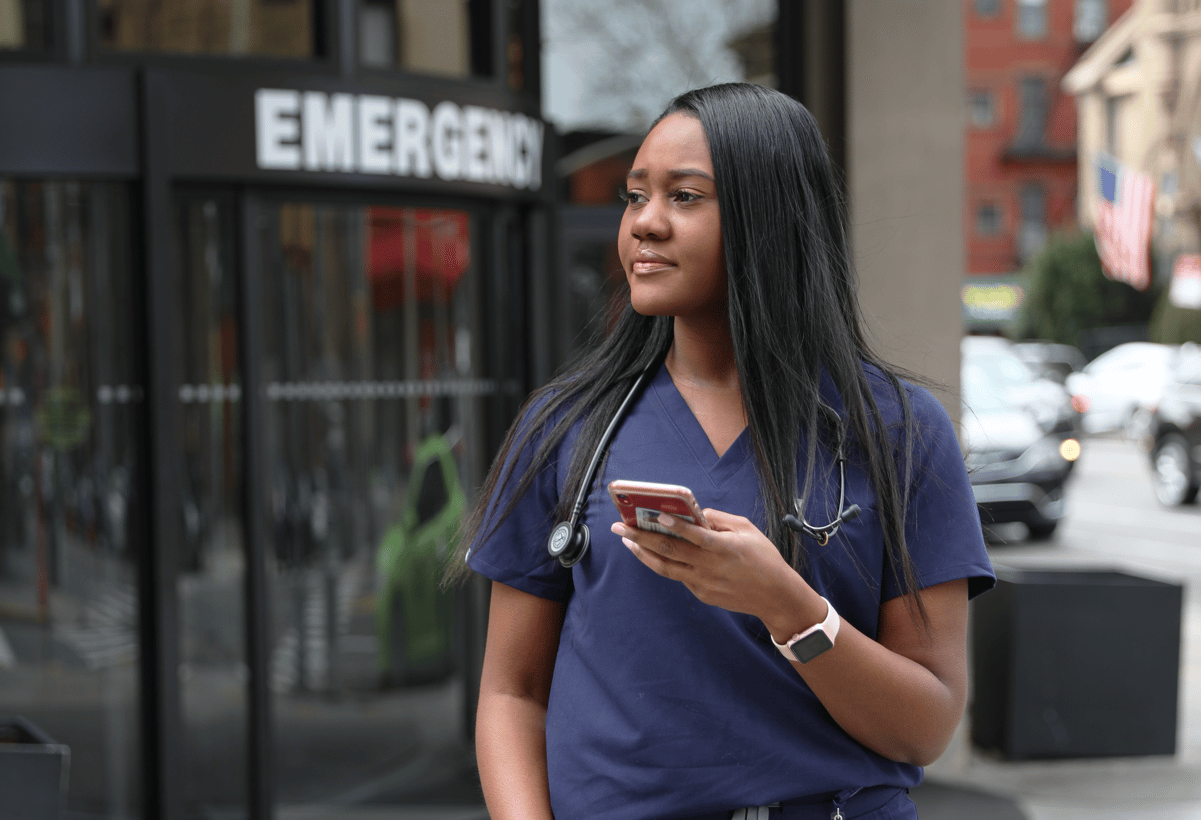In the face of COVID-19, cities are experiencing unprecedented challenges and the need to rethink how to support their communities in these ever-changing times. With small businesses shuttered, restaurants closed, and traditional forms of public transportation facing record low ridership, the variety of challenges that city leaders need to address is seemingly endless. And yet, there’s one critical consideration that must be addressed immediately: how to meet transportation needs for essential staff and emergency services, as well as support deliveries of food and medical necessities.
Under the best of circumstances, transit agencies are playing a critical role in continuing to provide their essential workforce a way to get to work. Some are attempting to provide typical levels of transit service, but, at the same time, are coping with a more limited driver workforce. Others are forced to decide how often to run buses and vehicles on the routes they can maintain. When agencies do decide to cut service altogether, those same agencies have surplus vehicles and operators who are not working, and can possibly be redeployed more efficiently.
Cities making a change
One example is the Central Ohio Transit Authority (COTA), headquartered in Columbus, which is currently working to analyze how it can temporarily redesign its transit network, engage its existing resources, and apply innovative tools and approaches to help support essential workers and the general public during this time. With so many variables still up in the air, one thing city leaders can do today is address evolving transportation needs. COTA and other transit authorities are evaluating ridership to identify a number of areas to shift services, including:
- Which pre-existing routes should be temporarily limited.
- Where there are opportunities to dynamically re-route fixed routes to serve critical locations like hospitals, grocery stores, and food banks.
- Whether reductions in prior fixed services will free up drivers and vehicles for other critical transportation.
- How to limit the amount of passengers on fixed-route services to encourage social distancing, dispatching other COTA-branded vehicles to pick up customers who might be passed after that limit is reached.
By reevaluating regular routes, transit authorities like COTA can redistribute resources including vehicles and drivers that would otherwise be serving underutilized — and oftentimes completely unused — fixed-routes. Transit authorities now have an opportunity to employ these resources instead for technology-enabled, on-demand or pre-scheduled services for essential services and workers.
These adapted services can not only connect essential workers with their job sites, but also support the most vulnerable populations with food and other critical supplies. BerlKönig in Berlin and Cool in Malta have quickly adapted their existing transit services to meet the current needs of their communities. In Berlin, where the local transportation authority, BVG, has partnered with Via for more than a year, the city essentially transformed its existing BerlKönig service to meet current needs as a result of the COVID-19 outbreak.
The BVG expanded the BerlKönig’s regular service zones to cover over 10 additional hospitals, adapting their existing shared, on-demand service into a dynamic transit option for essential healthcare workers who have been pre-approved. Using existing resources and expanding upon their technology, they’ve reduced vehicle capacities to allow for social distancing recommended by public health officials – adapting quickly within one week to get this necessary service up and running.
Similarly, in Malta, “Cool” extended its service zone to the entire country in just two days, providing riders with private-only rides and allowing grocery stores and small businesses to dispatch essential goods using the local service app. “Cool” drivers have the ability to see whether their dispatched ride is for a delivery or to service a Private ride, all from within their app. While all passenger trips are now private to allow for social distancing, the technology allows all deliveries to be shared, with the adjusted algorithm actually increasing the volume of packages that can be picked up by the same vehicle.
New solutions to new problems
Cities across the globe are regularly adapting as we all figure out how to support our communities during the COVID-19 outbreak. As cities, hospitals, and essential services continue to take the advice of national health services and government agencies, the question of how to mobilize safely and efficiently is at the center of these necessary, immense changes. As we continue to work through these challenges, it’s imperative that we be flexible, invent new solutions to new problems, and adapt existing resources to the current needs of our communities.




